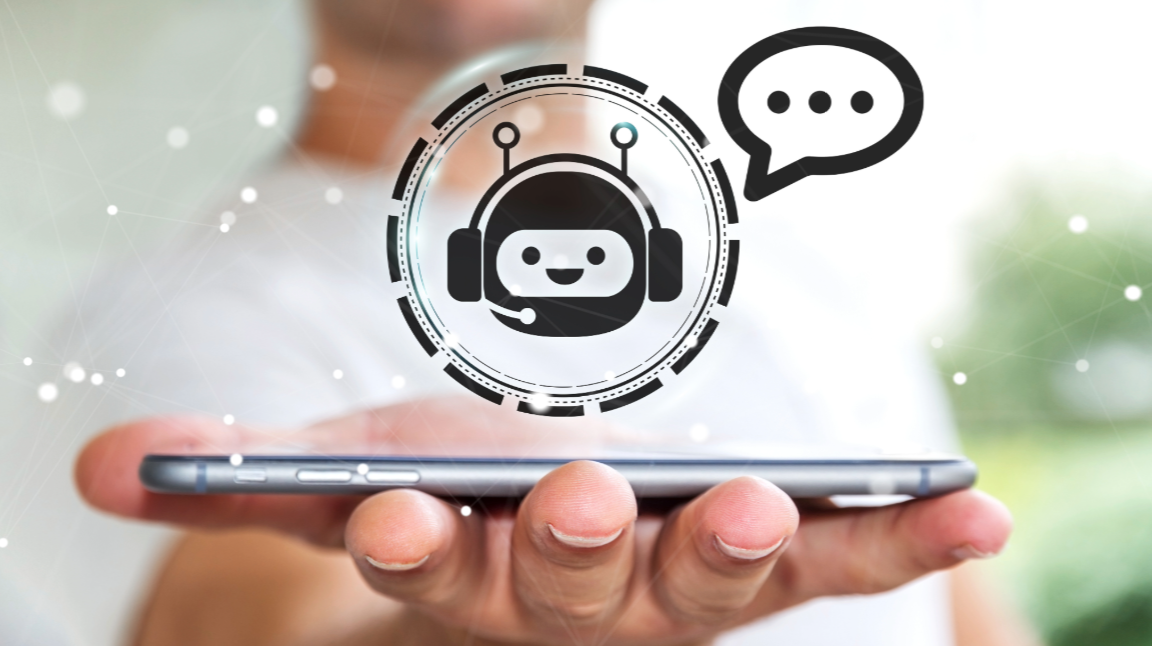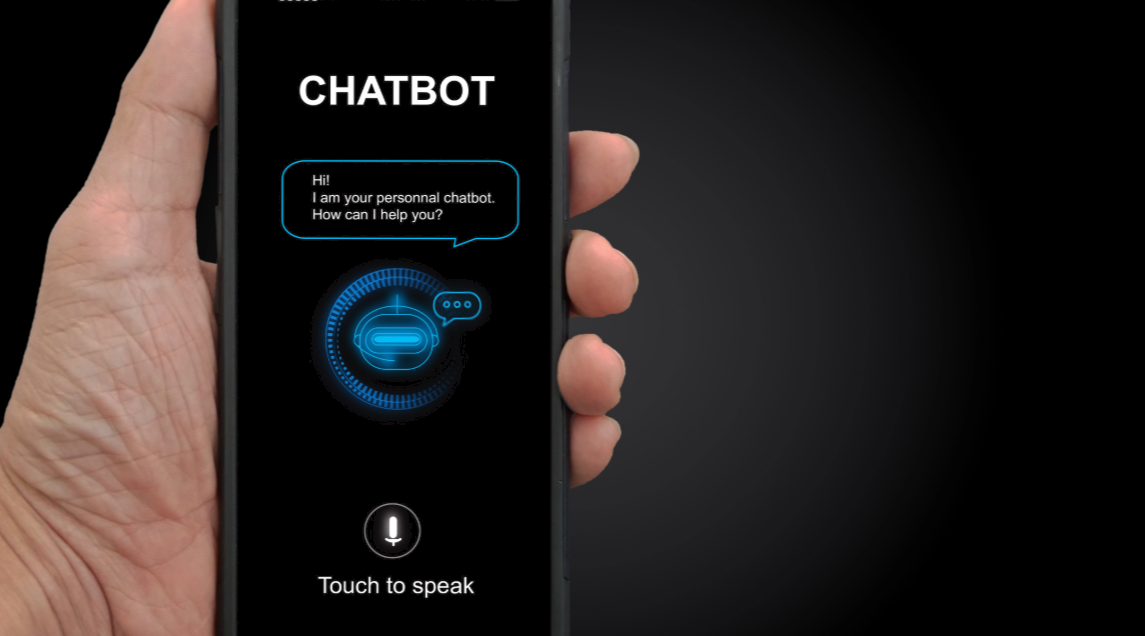The business landscape is evolving faster than ever, with technology like AI and automation playing pivotal roles. But honestly, keeping up with it all can feel overwhelming. Many companies today ask if “Chatbots and Customer Support Automation” is right for them. Others want to know how to implement it effectively or what benefits they can expect.
The rise of e-commerce and the expectation for instant gratification have placed increased pressure on businesses to deliver seamless and efficient customer support. Customers aren’t shy about voicing their needs, and research shows that speed is paramount. In fact, a whopping 90% of customers today prioritize immediate responses to their queries. Imagine trying to manage that with just phone calls and emails. Chatbots and customer support automation present a game-changing solution in this fast-paced environment. This symbiotic relationship improves not only customer satisfaction but also operational efficiency.
Understanding Chatbot Technology

Before exploring the benefits of integrating chatbots into a customer support model, let’s clarify what chatbot technology entails. We’ve all interacted with them – those little chat boxes that pop up on websites offering help. Chatbots are AI-powered software designed to simulate conversations with humans. We’ve
They use Natural Language Processing (NLP) to understand customer queries, interpret their intent, and provide relevant responses. NLP is the tech behind the automated responses you get when asking Siri or Alexa a question, offering a chatbot service to those who need it.
How Chatbots Elevate the Customer Experience

When implemented well, chatbots improve a customer’s experience in several ways:
Instantaneous Responses
Nobody enjoys waiting. Chatbots shine in their ability to deliver immediate responses to frequently asked questions (FAQs). This speeds up the support process and eliminates the frustration customers experience while waiting for a human agent.
24/7 Availability
In our globalized world, customers aren’t confined to business hours. This expectation was validated in a study that found 51% of customers expect businesses to be available 24/7. It’s impractical and costly to staff human agents around the clock. Thankfully, chatbots fill that void, ensuring assistance is available regardless of time or geography. This provides an excellent user experience, as customers know they will be supported, whether it’s 2 AM or 2 PM. It’s
Personalized Interaction
While it may seem counterintuitive, automation can drive personalization in customer support. Advanced chatbots can analyze customer data, helping companies better understand customer inquiries.
This includes past purchase history or previous support interactions to provide tailored assistance and offer a more personalized experience. AI chatbots are excellent at providing that human touch, even if it is automated through artificial intelligence.
Seamless Self-Service
People are becoming increasingly independent. Research from Tidio highlights this, revealing that 62% of consumers gravitate towards self-service options rather than waiting to connect with a human representative. Well-designed chatbots anticipate common customer questions and problems.
This results in chatbots giving instant answers that reduce the need to connect with an agent. This allows your support teams to work on more difficult tasks and customer issues while empowering customers to find the answers they need.
Boosting Revenue & Business Growth
Using chatbots as part of a customer support automation strategy isn’t just about keeping customers happy; it significantly impacts revenue generation and overall business growth. When you properly leverage AI chatbots as part of your customer service automation, you will see improvements in customer engagement, which helps boost engagement across multiple channels.
Cost Efficiency
Employing and training human agents is expensive. Although setting up chatbots requires an initial investment, the long-term cost savings are significant. Juniper Research predicts chatbots will save businesses $11 billion globally by 2023 – a massive increase from the $6 billion recorded in 2018.
Fewer agents translate into lower costs in areas like salaries, training, and infrastructure. Additionally, the automation provided by a chatbot will reduce wait times, leading to happier customers.
Sales and Lead Generation
Chatbots can be integrated directly into sales funnels to engage leads, qualify their interest, and even guide them through the purchasing process. These service chatbots can work across multiple channels to give a consistent customer journey every time.
This streamlined approach often results in increased conversions. They also collect customer data that can provide actionable insights into improving the customer journey.
Enhanced Agent Productivity
When relieved of the burden of answering repetitive queries, support agents have more time to tackle complex problems, build customer relationships, and ultimately contribute more value to the business. This reallocation of resources improves overall efficiency and productivity.
Statistics support this, suggesting a well-implemented automation system can increase an agent’s free time by up to 30%, allowing them to focus on complex issues. This also helps free up the contact center, leading to shorter wait times and a better overall experience.
Chatbots in Action

Lemonade’s Approach: An Example
Lemonade, an insurance provider, has truly mastered the art of incorporating chatbots into their business. Their bot, aptly named Maya, guides users through the otherwise complex and often daunting task of navigating the insurance landscape.
They’ve combined a user-friendly interface with Maya’s conversational tone to make getting insurance approachable. By using AI-powered chatbots, Lemonade has been able to understand better and answer basic customer questions, allowing their human agents to focus on more complex customer issues.Maya’s
Their results speak for themselves. Within just three years of implementation, Maya had not only dealt with a staggering 25% of total inquiries but also helped sell over 1.2 million insurance policies. This perfectly illustrates the significant impact well-designed chatbot integration can have on overall efficiency and business success.
Domino’s and Proactive Problem-Solving
PiPizzas Pizza isn’t just known for dPiPizzas pizza; they’ve also earned a reputation for proactive and innovative customer service. Remember Domino’s Pizza Tracker®? That’s customer experience foresight. Introduced back in 2008, it tapped into customers’ unspoken desires—knowing exactly when pPizzas pizza would arrive.they’veThat’s
By eliminating that “When is it getting here?” question before it even arose, they’ve kept customers happy. This was an early form of automated customer service and a great example of how to support customers.”
They’ve taken this customer-centric approach a step further with chatbot technology. Now, their system streamlines the entire process – from placing the order to effortlessly tracking its arrival. No more hunting for phone numbers, downloading apps, or refreshing email inboxes – just smooth, satisfying customer interaction at every touchpoint. It’s a classic example of using automation to enhance an already strong brand reputation for exceeding customer expectations.It’s
This strategy cultivates brand loyalty – a win for customers, and a definite win for Domino’s. With integrations available on Facebook Messenger and other messaging platforms, Domino’s makes sure that their customers can get support where they are.Domino’s
FAQs about Chatbots and Customer Support Automation

How can a chatbot be used for customer support?
Chatbots provide immediate support by responding to FAQs, collecting initial details from customers, offering troubleshooting steps for simple issues, and routing conversations to the right department when needed. They can also collect user feedback and direct users to resources like knowledge bases or FAQs.
This helps to enhance the customer experience, improve agent efficiency and create new opportunities to engage with your customers. All of this can lead to more customer loyalty as customers feel heard.
What is chatbot automation?
It involves using AI-powered virtual assistants or chatbots designed to engage in interactions with customers. It automates communication, responses, and completing certain customer support tasks to make processes more efficient and faster for the customer.
What is a key advantage of using chatbots in customer support?
A key advantage is the ability to offer 24/7 support, ensuring your customers can find help regardless of the time of day, ultimately driving higher customer satisfaction. All of this improves the customer experience.
Can customer support be automated?
Yes. Automating aspects of customer support, such as answering common questions and gathering information, is very possible with current chatbot technology, AI, and workflow automation tools. All you need is the right technology stack, and your business can be set up for success.
Conclusion
As the digital world expands, so do customer expectations for quick and efficient support, especially on social media. Embracing automation, particularly customer service chatbots, is now crucial rather than a luxury. It’s about empowering your team with better tools, not replacing them. Businesses that integrate intelligent automation will lead the way. Chatbots and customer support automation create a powerful formula for future-proof, satisfying customer experiences. The future of successful customer support involves more than just keeping up with technology; it’s about anticipating customer needs and leveraging solutions like chatbots to address them.
As the demand for fast and efficient support grows, implementing chatbots and automation is no longer optional—it’s essential. Consider this: wouldn’t it be amazing to give your support team superpowers? Streamlining workflows and improving response times can significantly enhance customer interactions, care, and feedback. By incorporating machine learning and seamless integration, you’ll ensure your customer support is not just reactive but proactive and adaptive to evolving needs.


